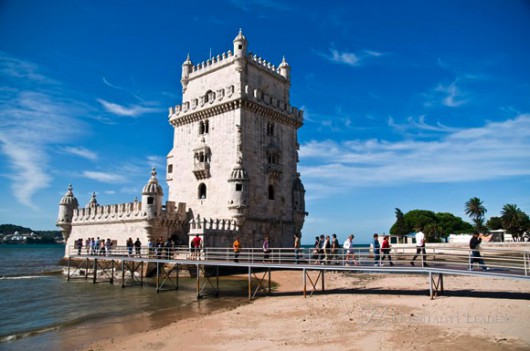
Synopsis
The report provides detailed market analysis, information and insights, including:
– Historic and forecast tourist volumes covering the entire Portuguese travel and tourism sector
– Detailed analysis of tourist spending patterns in Portugal
– The total, direct and indirect tourism output generated by each category within the Portuguese travel and tourism sector
– Employment and salary trends for various categories in the Portuguese travel and tourism sector, such as accommodation, sightseeing and entertainment, foodservice, transportation, retail, travel intermediaries and others
– Detailed market classification across each category with analysis using similar metrics
– Detailed analysis of the airline, hotel, car rental and travel intermediaries industries
Summary
Tourism plays a significant role in the Portuguese economy in terms of GDP and employment. According to the World Travel and Tourism Council, Portugal?s travel and tourism sector accounted for 15.9% of the nation?s GDP in 2012 and represented 18.5% of its employment rate. Within the Portuguese travel and tourism sector, domestic and inbound tourist volumes increased during?the review period, while outbound volumes decreased. Inbound tourism increased at a CAGR of 2.31%, from 12.4 million tourists in 2008 to 13.6 million in 2012. The largest CAGR of 8.2% was recorded in 2011.
Scope
This report provides an extensive analysis related to tourism demands and flows in Portugal:
– It details historical values for the Portuguese tourism sector for 2008?2012, along with forecast figures for 2013?2017
– It provides comprehensive analysis of travel and tourism demand factors with values for both the 2008?2012 review period and the 2013?2017 forecast period
– The report provides a detailed analysis and forecast of domestic, inbound and outbound tourist flows in Portugal
– It provides employment and salary trends for various categories of the travel and tourism sector
– It provides comprehensive analysis of the trends in the airline, hotel, car rental and travel intermediaries industries with values for both the 2008?2012 review period and the 2013?2017 forecast period
Key Highlights
– Tourism plays a significant role in the Portuguese economy in terms of GDP and employment. According to the World Travel and Tourism Council, Portugal?s travel and tourism sector accounted for 15.9% of the nation?s GDP in 2012 and represented 18.5% of its employment rate.
– Within the Portuguese travel and tourism sector, domestic and inbound tourist volumes increased during the review period, while outbound volumes decreased. Inbound tourism increased at a CAGR of 2.31%, from 12.4 million tourists in 2008 to 13.6 million in 2012. The largest CAGR of 8.2% was recorded in 2011.
– The volume of low-cost carriers (LCCs) in the Portuguese aviation market recorded growth during the review period due to the increasing price sensitivity of customers. In April 2012, low-cost airline EasyJet began operations at Lisbon Airport.
– Portugal?s government is constructing a new airport in Alcochete to replace the existing Lisbon Portela airport. Porto International Airport is also planning to expand by adding more gates and creating a new terminal for cargo flights.
– Realizing the importance of emerging economies such as India and China as strategic locations, the Portuguese government is making efforts to promote Portugal as an attractive travel destination through marketing campaigns. The tourism authority in the country conducted three promotional events in China in 2012.
– Despite registering a decline in 2009, the value of the Portuguese hotel market expanded at a CAGR of 2.46% during the review period. In 2009, the market?s revenue declined by 10.7%, due to weak economic conditions. However, it recovered in 2011 and 2012 and posted respective CAGRs of 7.6% and 7.8%. Over the forecast period, hotel revenue is projected to increase at a CAGR of 4.19% to reach EUR1.9 billion (US$2.4 billion) by 2017.
– Portugal?s travel intermediaries industry recorded a review-period CAGR of -8.16%. Over the forecast period, industry value is anticipated to increase at a CAGR of 3.44% to reach EUR2.4 billion (US$3.1 billion).
Click here to read more.

